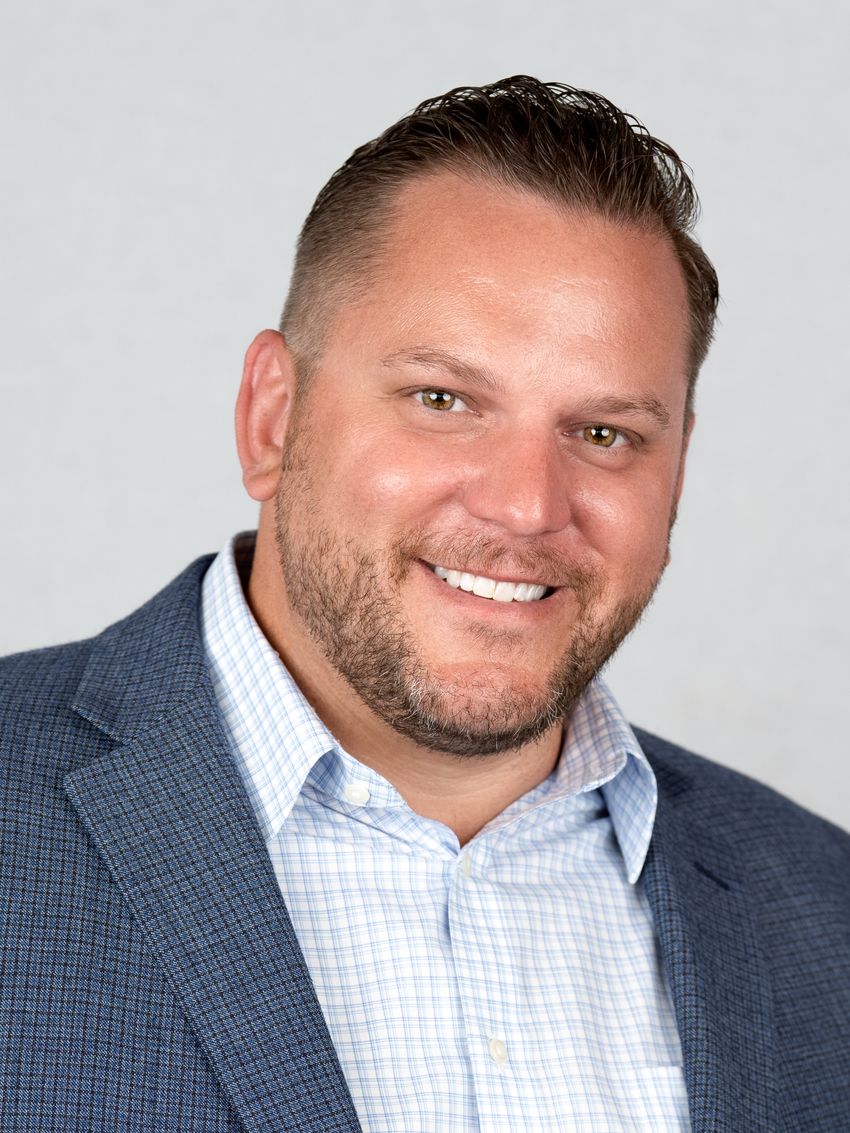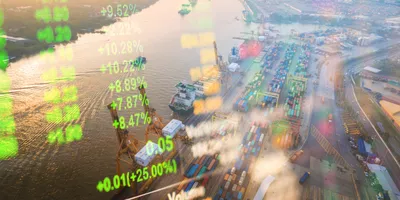Timothy Pressler, scientific services and program management leader at Ansell, works with labs to harden personal protective equipment (PPE) strategies against tariff and trade disruption. His team’s on-site assessments link hazard fit, certification checks, and sourcing plans to keep protection in place when markets shift.
Q: What risks do labs take when they choose PPE based on price alone?
A: Quality and compliance are at the top of my list. When PPE is chosen just on price, you risk bringing in products that aren’t certified or don’t meet the regulatory standards your lab follows. Not all regions require certification, so unless you check, that gap can go unnoticed. Price-only choices also ignore tariff swings. A glove that looks affordable today can jump in cost when trade rules change. Plan for sourcing stability, not a single invoice.
If you don’t plan for tariffs, you can get hit with higher costs and wait longer for the gear you need. And when that happens, the hidden costs show up in downtime, contamination risk, or staff exposure
Q: How has Ansell adapted its supply chain strategy to protect labs from tariff disruption?
A: Ansell’s been around for more than 130 years, so we’ve seen a lot: tariffs, pandemics, trade shifts. We’re a manufacturer with 14 production sites across 10 countries, which gives us the ability to adjust when needed. We can move sourcing, shift production, and keep things consistent.

Timothy Pressler
What many labs don’t see is how global sourcing affects certification. When we make changes to manufacturing locations or materials, we revalidate the product against its stated claims. That certification process is built into our approach. It ensures that even with regional shifts, labs get PPE that’s both compliant and reliable.
Q: Why is it so hard for labs to move beyond the low-cost default?
A: It’s easy to treat PPE as a commodity, especially when it’s another item in an online cart. But real protection starts with understanding the hazard. You need to look at the task, the chemicals involved, the environment, and then match the PPE to that.
Sustainability matters too. You can buy a low-cost glove online, but do you know where it was made or how it was manufactured? Whether it supports your lab’s environmental goals? That gets overlooked when price drives the decision.
Q: What is AnsellGUARDIAN™, and how do labs use it to improve PPE strategy?
A: It’s a service where we come on-site and observe the work the way Lean management defines it—at the Gemba, the place where tasks actually happen. It follows a Lean Six Sigma–style process, but in plain terms, we assess the lab, talk with the team, and look for places where things aren’t working. The goal is to reduce complexity, bring costs down, and make sure the PPE strategy supports both safety and efficiency.
Labs use it to meet both personnel safety and product protection goals. That includes OSHA compliance, injury prevention, cleanroom standards, and GMP workflows. We also use AnsellGUARDIAN® Chemical, a tool that matches PPE to specific chemical exposures using safety data sheets (SASs) or Chemical Abstracts Service (CAS) numbers.
In many labs, we work directly with the Environmental Health and Safety lead. We map the floor plan, job functions, and key safety factors. We also flag external risks, such as sourcing or trade changes, so hazard data and supply planning work together.
Q: What surprises labs most during an assessment?
A: A lot of labs discover they’re either overprotected or underprotected. Overprotection means they’re using PPE that’s more expensive or robust than they need, which creates waste and unnecessary cost. Underprotection is obviously more serious. We’ve seen cases where people were working with chemical hazards in gloves that weren’t even rated for that type of exposure.
That’s the value of the assessment. It shows you what’s happening, not just what’s on the product list. Labs often think they’ve got the right protection in place, but until someone maps the task and checks the chemical, those gaps stay hidden.
Q: How do labs use these consults to improve or future-proof their PPE strategy?
A: Strong partnerships matter, especially with suppliers that offer transparency and data-driven insights. When labs ask for assessments, not quotes, they get support that’s tied to safety, compliance, and long-term performance.
Standardization is a big part of it too. It improves compliance, simplifies training, and reduces waste. Those are key building blocks if you want a PPE strategy that can hold up over time, even as tariffs and freight rates put pressure on sourcing.
Q: What role will digital tools and AI play in how we plan for lab safety?
A: Ten years ago, most labs built their PPE strategy around a chemical chart on the wall. But today, with products shifting and supply chains in flux, labs need a live system. AnsellGUARDIAN Chemical provides that. It’s a digital tool that shows how PPE performs against specific chemicals, using current data you can check any time.
Ansell’s strength comes from a deep, proprietary knowledge base built over decades of chemical and safety experience. A dedicated team of chemists continually assesses hazards and provides guidance on the right PPE. That foundation now supports predictive analysis, with algorithms helping assess permeation and degradation. We're investing in these platforms to enhance our tools, expand training support, and strengthen supply chain planning.
Q: What does a fully resilient lab look like?
A: Resilience starts with strong, aligned partnerships and suppliers who are transparent about tariff exposure, sourcing shifts, and contingency plans. That level of accountability helps keep protection consistent and adaptable through market shifts.
At Ansell, our vision is to lead the world to a safer future. Our mission is to stay two steps ahead of workplace risk. That’s what drives our technology roadmap. From hazard analysis to predictive tools, our focus is helping labs protect their people, their products, and their long-term operations.




